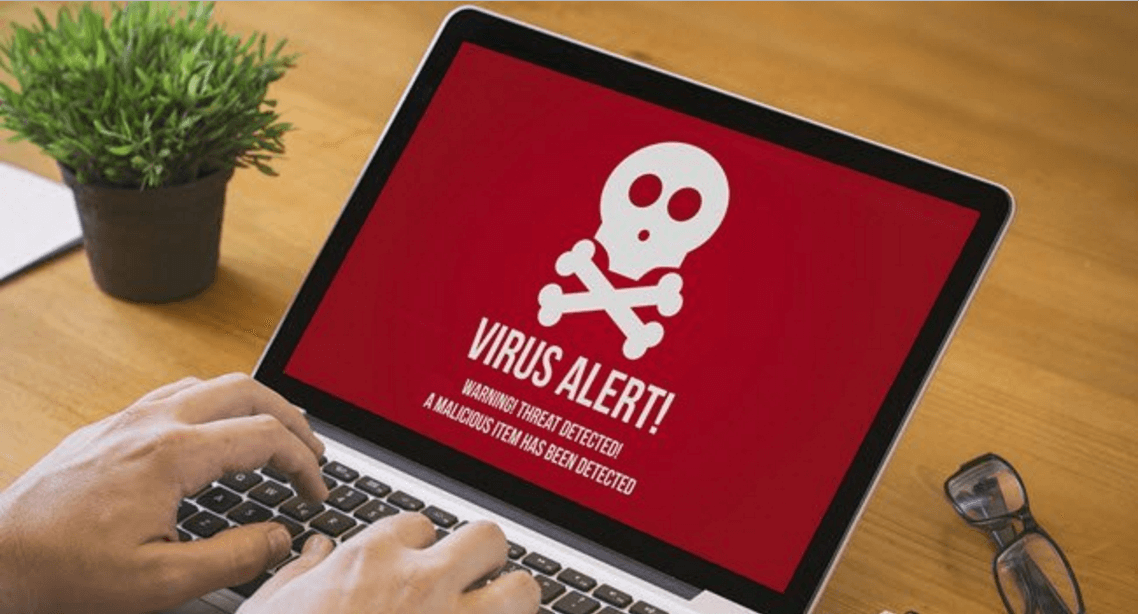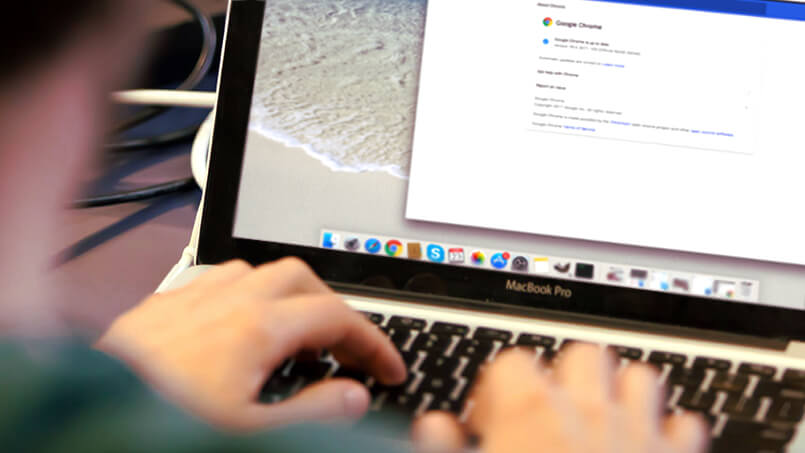How To Get Rid Of Malware Infecting Your Windows PC?

Windows PC users often face certain problems with their computer in spite of having an antivirus installed on their computer.
Issues like unwanted pop-ups, prolonged response time, opening up of unclicked web pages are indicative of the fact that your PC might be infected with malware. If you are facing similar problems and know how to get rid of malware infecting your Windows PC, do not get panicked.
How To Get Rid Of Malware Infecting Your Windows PC?
First Step:
Since malware enters your computer mainly through the internet, the very first action you need to take is to disconnect your PC from the internet.
What this does is it prevents the malware from spreading further and infecting the unharmed files on your computer.
Reboot your computer and start pressing F8. From the boot options select “Safe Mode with Networking” to open your computer. Safe Mode opens your PC with the basic system required services and programs.
There is always a better chance that while entering this mode any malware set to load on startup will not be able to function.
Use your computer in this mode and you will see that your PC will function faster than it does normally.
Second Step:
Now that you are in safe mode you will be able to perform a lot of actions that might otherwise be blocked while you start Windows normally.
Delete all temporary files from your computer and run Disk Cleanup to clear disk space and remove certain malware.
To use Disk Cleanup Utility click on Start and then All Programs. Select Accessories, then System Tools and finally the option Disk Cleanup.
Third Step:
Once done cleaning up, scan your system with anti-malware software, not the one that is already there on your PC.
Reason being your computer’s software has already failed in detecting the malware that has affected your machine. On-demand scanners that need to be opened manually at the time of necessity are the best under such circumstances.
It is always better to keep such software at your disposal since they work better than real-time antivirus programs when your PC is infected.
Some of the common on-demand scanners available are Kaspersky Virus Removal Tool, Norman Malware Cleaner, Malwarebytes, and so on.
Fourth Step:
Make sure that your system is disconnected from the internet. Run the setup file for the malware scanner and install it on your system by following the steps for installation.
Once installed, run the scanner and opt for the quick scan since it will take much less time than the full scan of your PC.
While the scan is in the process you will be able to view the number of files that have been infected on your PC.
Sometimes it so happens that while scanning the scanner closes down automatically.
This means that the infection is at the rootkit level or somewhere deep within.
It is to the best of your interest to go for reinstallation of Windows when the problem is in so deep. Make sure you keep back up of your files safely before going for a reinstallation.
Once the scan is complete a list of all the infected files are displayed in front of you.
All you do is select the files and remove the ones that are marked as dangerous.
Once selected hit remove selected and the malware scanner will remove all the infected files from your computer.
The software might prompt you to restart your computer once the process is complete.
Restart your PC and check whether the problems persist or not. If the problems persist go for a full scan of your computer and wait for 30 to 60 minutes for the program to run fully.
Once complete, repeat the same process of removing the infected files as stated above.
Fifth Step:
Malware infections are capable of causing damage to the system files and other settings of your computer.
Modification of your web browser’s connection settings and the homepage is a common place for infection of the malware.
This is done to display annoying advertisements, prevent browsing and re-infect your computer easily. So before you launch your web browser you need to check for its settings.
Take for example Internet Explorer; go to start, Control Panel and then hit Internet Options.
Check for the homepage settings and set it to what you desire. Then go to the Connections tab and click on LAN settings.
Select Automatically detect settings until and unless your Internet Service Provider needs a proxy.
As already suggested if the problem persists even after completing all these steps, there is only one way that can resolve the issues; “Reinstallation of Windows”.
You can be sure of the fact that reinstallation will definitely remove such malware from your Windows system with these best trojan remover.









